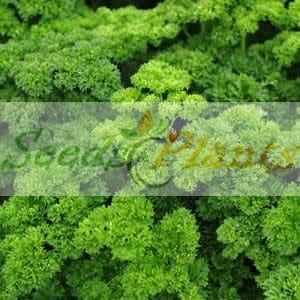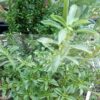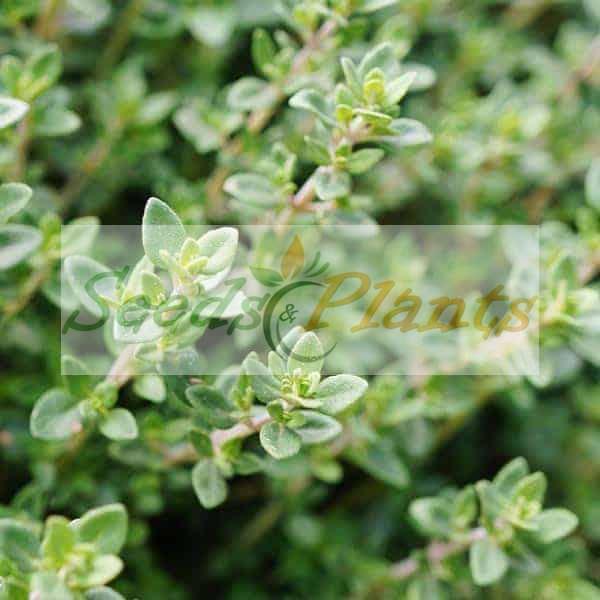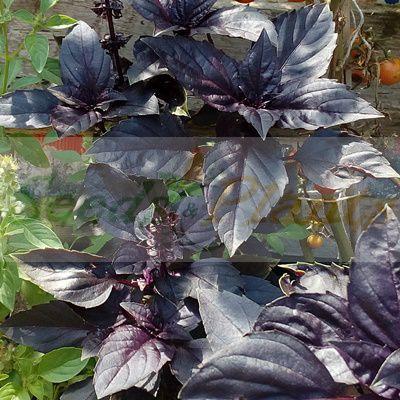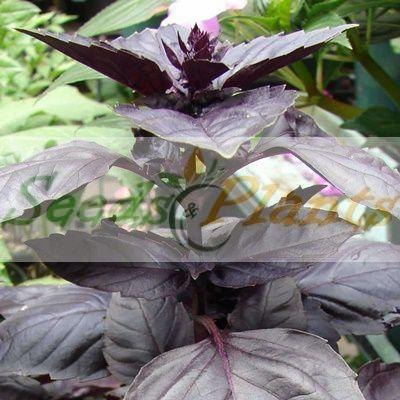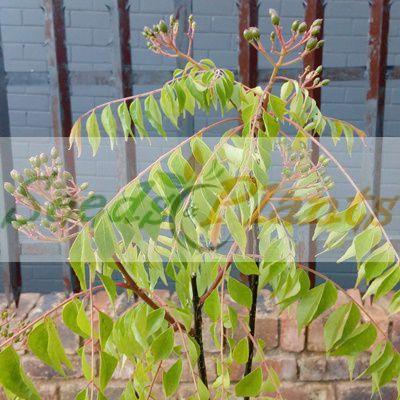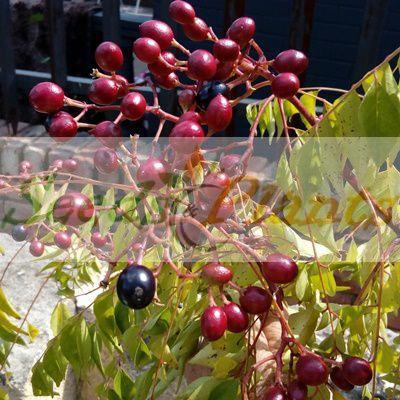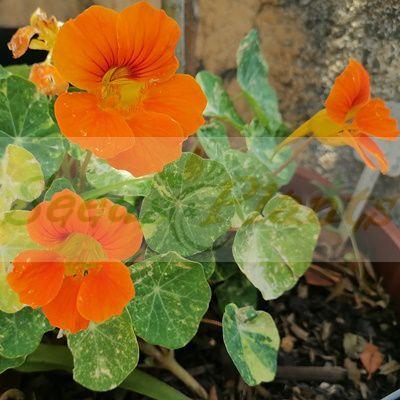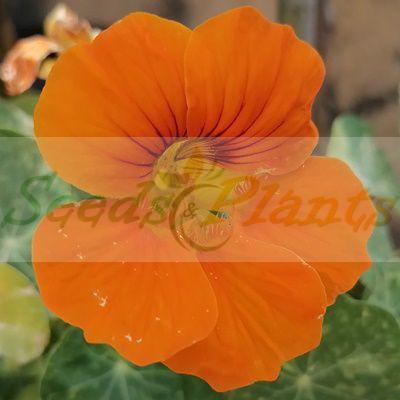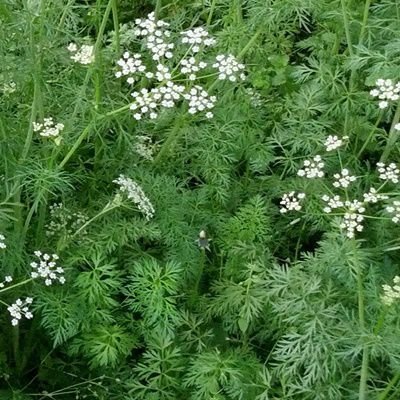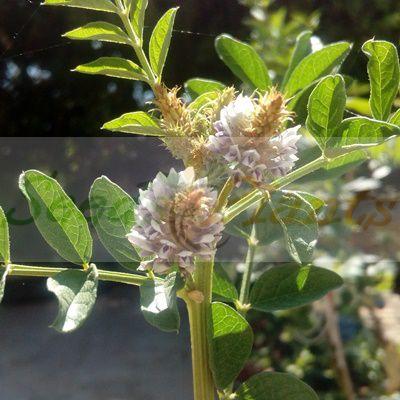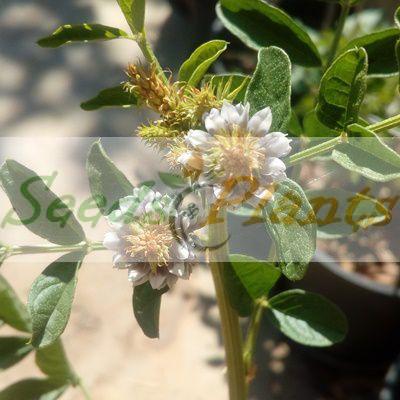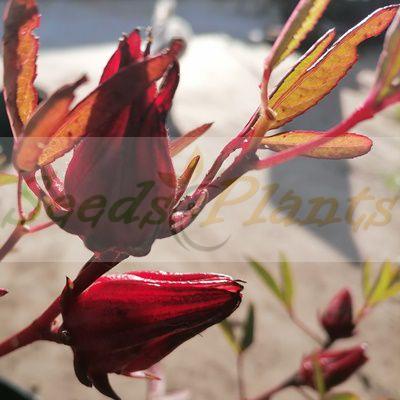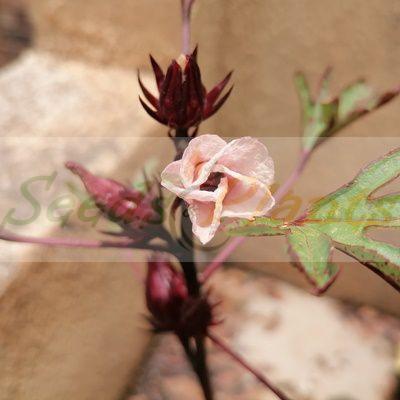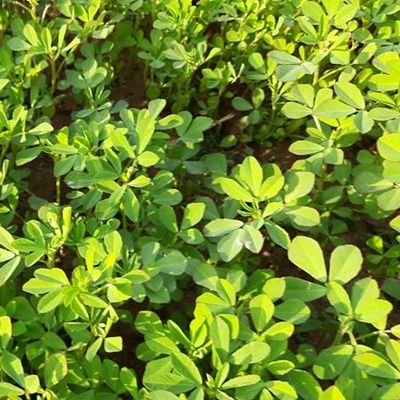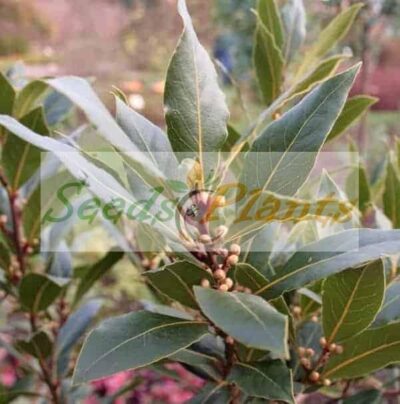Winter Thyme – 100 Seeds
(Thymus vulgaris ‘german winter’)
R30.00
Winter Thyme has a good flavor and yield. Classic culinary and ornamental herb. Small, round to needle-shaped evergreen leaves on woody stems.
Indoor Sowing: Winter.
Direct Sowing: Autumn.
Only 2 left in stock
Winter Thyme (Thymus vulgaris ‘german winter’) is also known as German Thyme. Good flavor and yield. Classic culinary and ornamental herb. Small, round to needle-shaped evergreen leaves on woody stems. Mulch in cold winter climates.
It produces dainty, flavorful leaves that are excellent used for cooking or for tea. Harvest as needed and cut back to about 1cm two or three times per season to encourage thicker growth. Easily dried for long-term storage. Plant is perennial in regions with mild winters.
Winter Thyme Culinary Uses
Commonly used for seasoning meats, fish, poultry, soups and vegetables.
Growing Winter Thyme
Indoor Sowing: Winter.
Direct Sowing: Autumn.
- Surface sow Thyme Seeds and do not cover with soil, as they need light to germinate.
- Keep the soil consistently moist, but not waterlogged, until germination.
- Maintain a soil temperature of 18° to 21°C for optimal germination.
- Germination is in 14-21 days.
- Transplant thyme seedlings into the garden, 15 – 30cm apart.
- Can be planted in full sun or part shade, and well-drained soil.
- Needs little water once established.
Disclaimer
Medicinal Information:
All medicinal information on this website is for educational and informational purposes only and may not be construed as medical advice. The information is not intended to replace medical advice or treatment offered by healthcare professionals.
Seeds, Plants, Plant Cuttings, Geophytes and Dried Herbs:
In some countries and provinces, certain plants are deemed as invasive and are not allowed to be planted at all, whilst some plants are allowed to be grown only in certain areas or provinces. The onus is on you as the buyer to familiarize yourself with the regulations pertaining to your location, before purchasing any of our seeds, plants, plant cuttings, geophytes or dried herbs. We will not be held liable, should you purchase any seeds, plants, plant cuttings, geophytes or dried herbs. from us which are prohibited in your country or province.
Related products
(Murraya koenigii)


